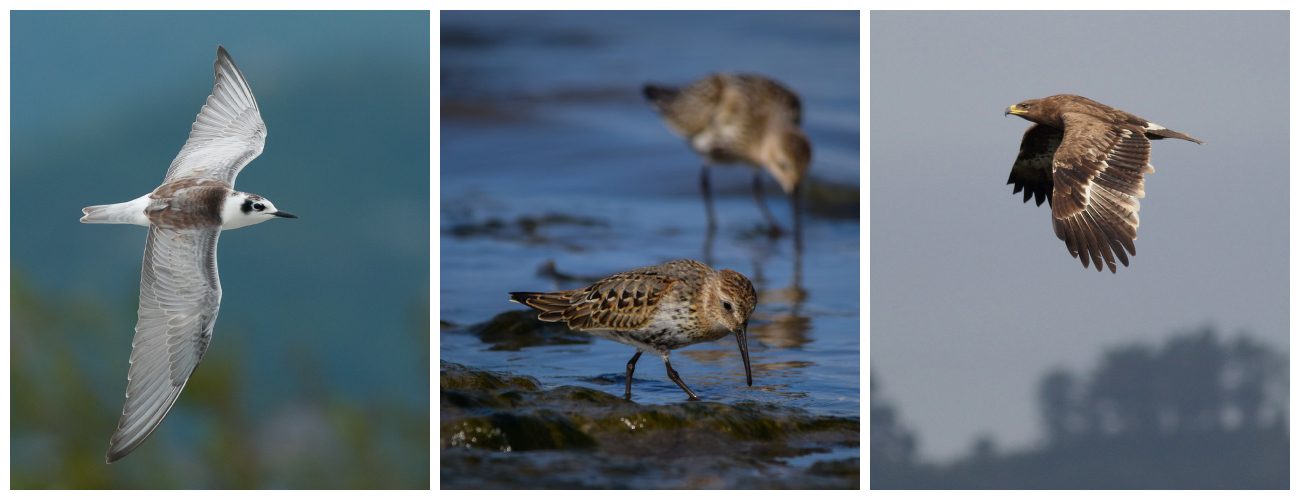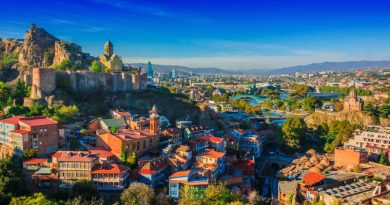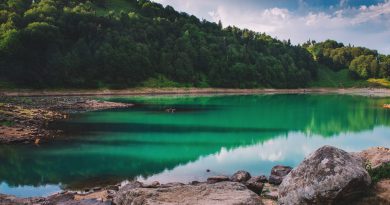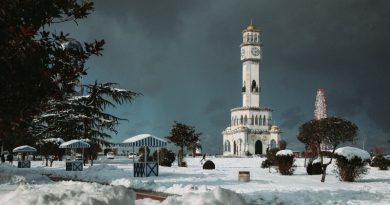Best places in Adjara for bird watchers
One of the exotic forms of ecotourism – ”bird watching” – is becoming more and more popular in Georgia. Adjara has great potential for the development and promotion of birdwatching tourism with its climate, topography, and diversity of flora and fauna. The whole essence and charm of this process is that nature lovers equip themselves with binoculars or a telescope to ”observe” birds and go out into the wild. In this blog, we present the places in Adjara where you can observe birds:
Mtirala National Park
Located between the Black Sea and the Adjara mountainous system. Mtirala National Park is the most humid place in Georgia. The park is rich in unique flora and fauna, many of which are included in the ”Red Book” of Georgia. In Mtirala National Park you will see both migratory and endemic birds. The following birds of prey inhabit these places: Booted eagle, buteo, hawk, sparrowhawk, hobby, common kestrel, woodpecker, raven, thrush, and oriole.

Batumi Sea Coast
Batumi is the ”Migratory Corridor of the Eastern Black Sea” for migratory birds. During the summer and autumn seasons, millions of migratory birds migrate from here to the African continent. The location of Batumi allows you to see rare species of birds in a conspicuous place. While walking in city parks, boulevards or by the port, you will see many representatives of sparrow-like birds, among them most often the common Phoenicurus.
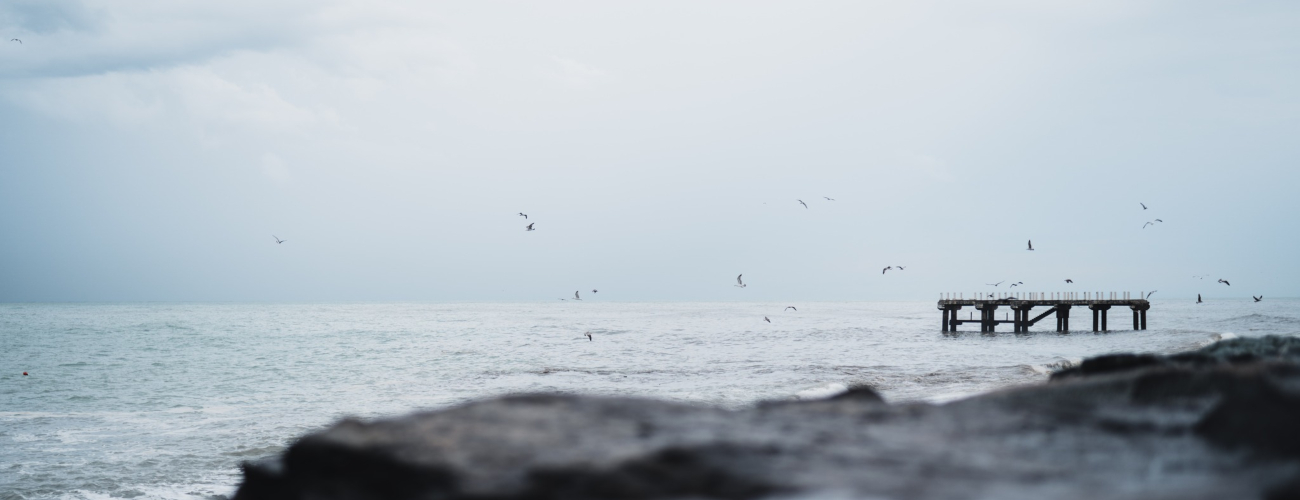
Chorokhi Delta
Chorokhi Delta is located in the south of Batumi. It is recognized as the best place for birdwatching due to the diversity of its biotopes. Shrubs, dry and wet grass-covered valleys, swamps, rocks, and coastal marshes are constituent parts of the Chorokhi Delta. During the migration season, Temminck’s stint, cormorants, and sparrows are the most interesting to watch in the delta. In the swamps, you can see:
- warblers,
- yellow
- red herons,
- swamphen,
- little swamp crake,
- white-eyed pochard,
- white-winged and
- white-cheeked cormorants.
In the Chorokhi delta plain often encountered:
- lark,
- lesser grey shrike,
- field quail,
- tawny pipit,
- small flocks of starlings.
These areas are of international importance and are used for bird and biodiversity conservation.
